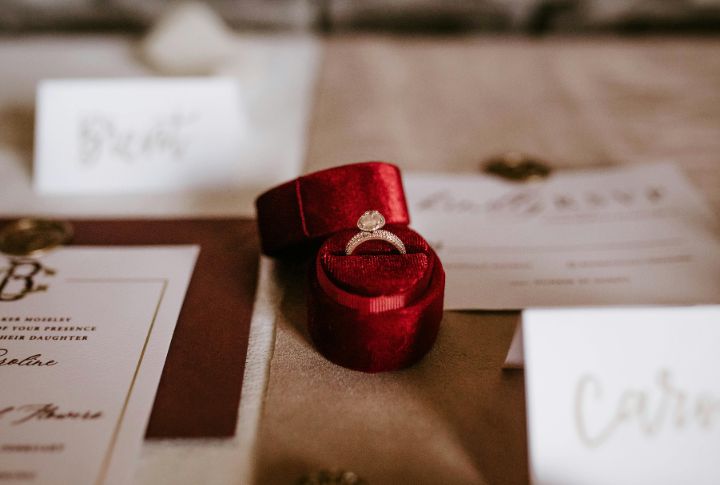
Many customs feel older than they are, yet plenty were planted by campaigns that understood how people think. A simple idea reached the right audience, gained momentum, and gradually blended into everyday life. Once you see how easily that shift happens, the whole subject becomes more revealing. Let’s take a closer look.
Valentine’s Day As A Gift-Giving Holiday
Long before stores coated February in red, card entrepreneur Esther Howland showed Valentine’s Day could turn into a business by selling ornate lace cards that felt unusually personal for the time. Candy makers followed and introduced heart-shaped boxes and small printed messages. “Hallmark” had expanded the idea and steered the holiday toward a reliable script built around romance and purchases.
Pink For Girls, Blue For Boys
Color rules for kids didn’t come from old customs. Retailers created coordinated palettes after noticing how much families enjoyed matching outfits. An early push once tied pink to boys, but marketers later reversed it to refresh demand. Over time, steady promotion made the pink-and-blue split feel natural, even though it grew almost entirely from sales strategy.
Santa Claus In A Red Suit
The modern Santa image came together after Coca-Cola hired illustrator Haddon Sundblom, whose warm, realistic style suited their holiday ads. His cheerful red-suited Santa appeared in magazines and storefronts across the country, gradually pushing aside the older green, brown, and blue portrayals. Within a few seasons, his version became the one people expected to see.
The Super Bowl Halftime Show
In its early years, the Super Bowl’s halftime break was just a routine pause in the championship football game, not a major attraction. That changed when pop icon Michael Jackson delivered a blockbuster performance in 1993 and revealed the segment’s star potential. Sponsors jumped in, and marching bands soon stepped aside for a marketing-driven spectacle.
Diamond Engagement Rings

A new engagement ritual emerged when De Beers, the dominant name in diamond mining, introduced its “A Diamond Is Forever” message and linked romance to the stone. Ads soon tied diamond size to emotional depth. With De Beers controlling most of the supply, the idea spread to places that had not used diamonds for proposals.
The Tooth Fairy Leaving Money
The Tooth Fairy is not an old legend—the character first appeared in early 1900s children’s magazines as a fictional figure designed to make losing baby teeth feel fun while promoting kids’ products. Dental companies soon used her in ads, and parenting columns carried the idea into homes until families embraced the small cash exchange as a normal childhood milestone.
Black Friday Shopping Frenzy
Black Friday, the busy shopping day after Thanksgiving, only became a tradition because retailers promoted it as the moment for major holiday deals. The name once referred to traffic jams, but marketing made it sound exciting. The hype grew so strong that even countries without Thanksgiving adopted the shopping ritual.
Pumpkin Spice Everything
Autumn didn’t crown pumpkin spice on its own—“Starbucks” put the flavor in the spotlight when the Pumpkin Spice Latte took off in 2003. Other brands quickly joined in with pumpkin-themed treats and products. With all this hype, the latte’s return turned into a marketing-made ritual people now treat as a seasonal tradition.
“Breakfast Is the Most Important Meal Of The Day”
You probably heard the breakfast slogan long before realizing it started as a cereal marketing idea. Companies wanted the morning spot, so their ads promised better focus and stronger health, and doctors helped make the message sound official. The line lasted for decades, even as its accuracy remained debated.
Mother’s Day As A Gift-Centric Holiday
It might be surprising to learn that Mother’s Day only became gift-focused after businesses steered it that way. Florists and card companies promoted presents as the proper way to show appreciation, even though Anna Jarvis, who founded the holiday, opposed the commercialization. Their campaigns eventually turned it into a major retail weekend.

